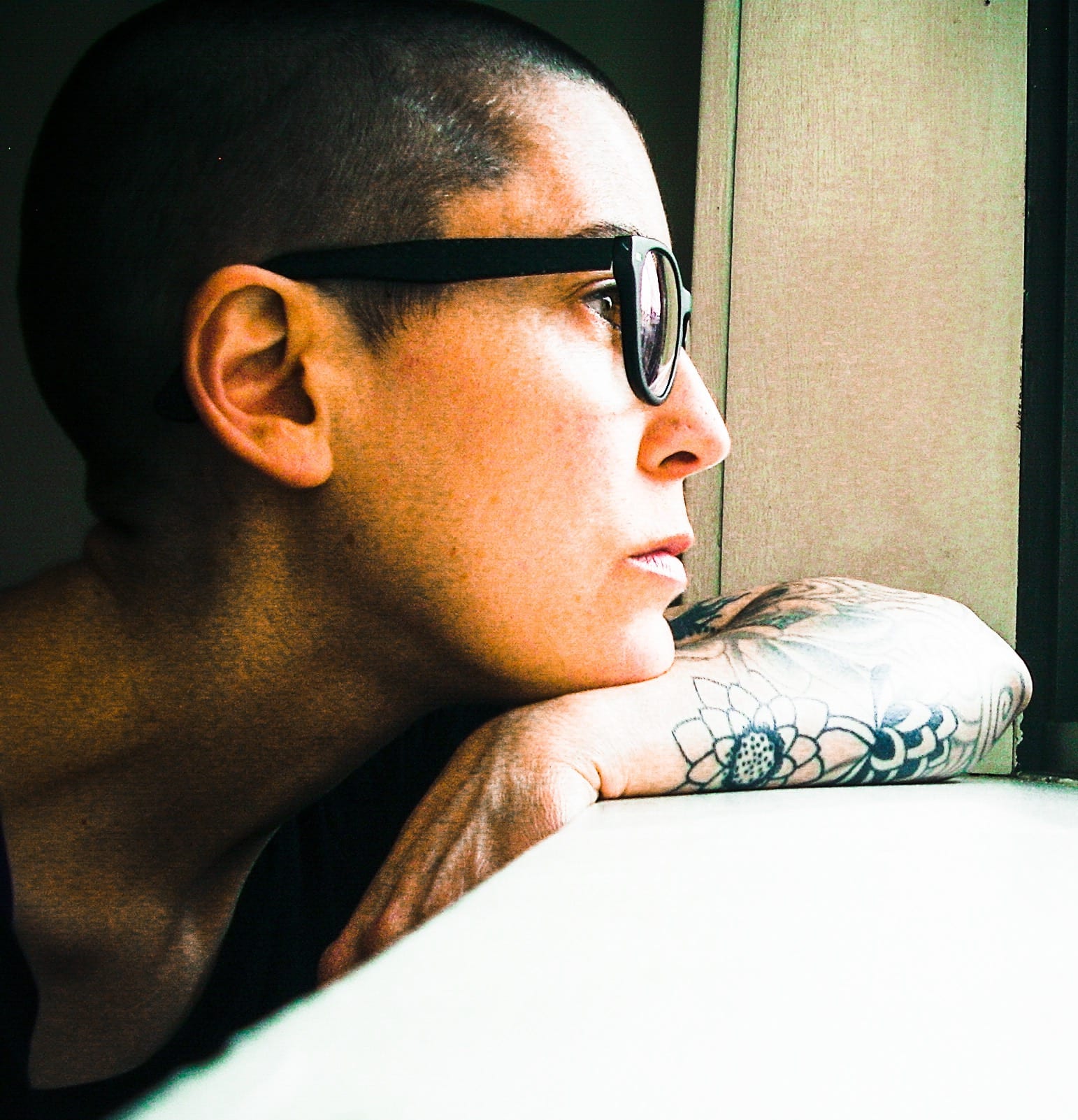
Written by Zso, staff member, Halifax Central Library
Sewing programs are very popular at the Lou Duggan Creative Studio, opens a new window. If you haven’t visited Lou’s Studio (located on the second floor of Halifax Central Library), you might be surprised to hear about sewing machines in a public library. It’s an idea that’s catching on in libraries around the world to increase access to often expensive equipment, and as an accessible way to share practical skills. But it’s not a new idea. Library staff have long recognized the role that sewing instruction and sewing machines can play in empowering community members to provide for themselves.
I recently learned about the sewing programs offered in “Freedom Libraries” – public spaces filled with donated books and staffed by volunteers during the 1960s civil rights era in the United States. In F, opens a new windowreedom Libraries: The Untold Story of Libraries for African Americans in the South, opens a new window, Mike Selby tells the story of one such library, set up during the voting registration campaign known as “Freedom Summer” in Mississippi. Civil rights organizations, like the Congress of Racial Equality (CORE), recruited volunteers to travel to places like Meridian, Mississippi, where they registered voters and worked with community members to establish Freedom Schools and Freedom Libraries, which were open to all.
At that time, owing to racist government policy, public libraries were segregated. In his book, Selby describes what were then called “’segregated,’ ‘Negro,’ or ‘colored’ libraries,” as “underfunded shacks or abandoned buildings with a minimal collection of useless castoffs, operated by an untrained staff” (2). Freedom Libraries, by contrast, were created by and for the community. The Freedom Library in Meridian, Mississippi, was coordinated by CORE volunteers, Mickey and Rita Schwerner. In January of 1964, Mickey and Rita engaged with local youth to renovate five rooms at 2505-5th Street to build The Meridian Community Center, which was open seven days a week. They organized a working office for the cataloguing of 10,000 donated books and installed a ping pong table for their teen space. However, Mickey’s work with CORE would end tragically in events dramatized in the film Mississippi Burning, opens a new window.
Rita Schwerner, who served as librarian, noticed that none of the teen girls and women who came to the Center owned a new dress. Through her contacts in New York, Rita added a donated sewing machine and materials to the Center’s resources. By the spring, Rita noted that “some 125 women are now sewing at home, with about 25 more women and girls receiving instruction daily” (57). The sewing program was so widely popular that Rita believed it represented an important form of outreach to the local community.
To learn more about the Freedom Libraries, the history of fibre art, and other subjects covered in this blog, please check out the titles below. If you’re interested in attending a sewing class or bringing along your own supplies to use on one of our sewing machines, please visit the Lou Duggan Creative Studio webpage, opens a new window.
Reading List
Fashion Upcycling: The DIY Guide to Sewing, Mending, and Sustainably Reinventing Your Wardrobe
Freedom Summer for Young People
Mending With Kids: Patching, Painting, Sewing and Other Kid-Friendly Techniques
About the staff blogger

Zso is a Branch Services Lead with Halifax Public Libraries.


Add a comment to: Thread and Thrum